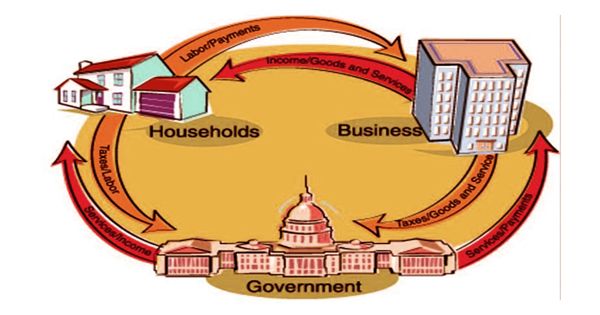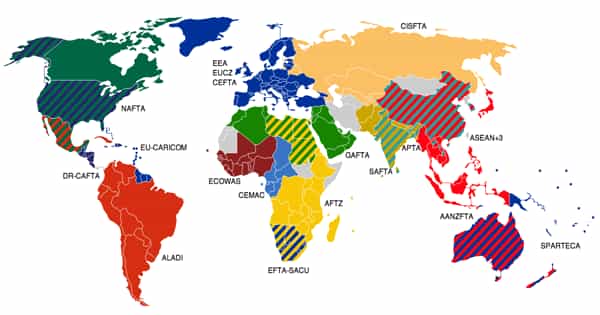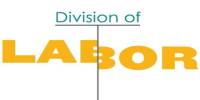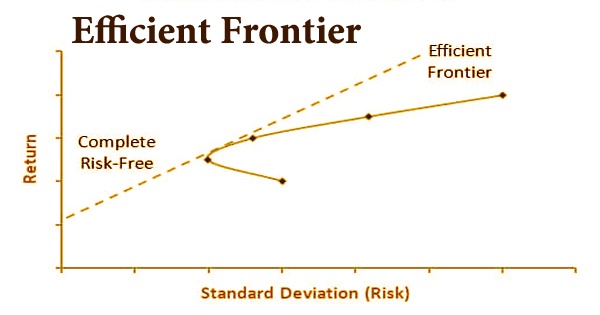Shrinkflation is the practice of reducing the size of a product while maintaining its sticker price. In economics, it is the process of items shrinking in size or quantity, or even sometimes reformulating or reducing quality while their prices remain the same or increase. It is the practice of reducing the size or quantity of a product while the price of the product remains the same or slightly increases. The word is a portmanteau of the words shrink and inflation. In some cases, the term may indicate lowering the quality of a product or its ingredients while the price remains the same. The first usage of the term has been attributed to both Pippa Malmgren and Brian Domitrovic.
Shrinkflation is a term used to describe the process of a product’s size being reduced while its price remains the same. If products “shrink” in size while the price stays the same, the price has inflated, as consumers will pay the same amount of money for less.
Shrinkflation occurs when firms reduce the size or quantity of a good and keep prices the same. It allows companies to increase their operating margin and profitability by reducing costs whilst maintaining sales volume and is often used as an alternative to raising prices in line with inflation. Essentially, it is a form of hidden inflation. Instead of increasing the price of a product, something that would be immediately evident to consumers, producers reduce the size of a product while maintaining the same price. Consumer protection groups are critical of the practice. Note that shrinkflation cannot be viewed as a fraud or misrepresentation of products.
Economic definition
Shrinkflation is a rise in the general price level of goods per unit of weight or volume, brought about by a reduction in the weight or size of the item sold. Raising the price per given amount is a strategy employed by companies, mainly in the food and beverage industries, to stealthily boost profit margins. The price for one piece of the packaged product remains the same or could even be raised.
Shrinkflation is widely used by producers in the food and beverage industry. It has become a common tactic to help producers deal with their own inflation problems from suppliers. From a company perspective, shrinkflation is a useful way to boost or maintain profit margins without drawing too much attention. Many companies determined that their customers would balk, and perhaps begin to look for substitute products if confronted with yet another price increase. A common downside of shrinkflation is that it makes it harder to accurately measure price changes or inflation.
Information Source:
















